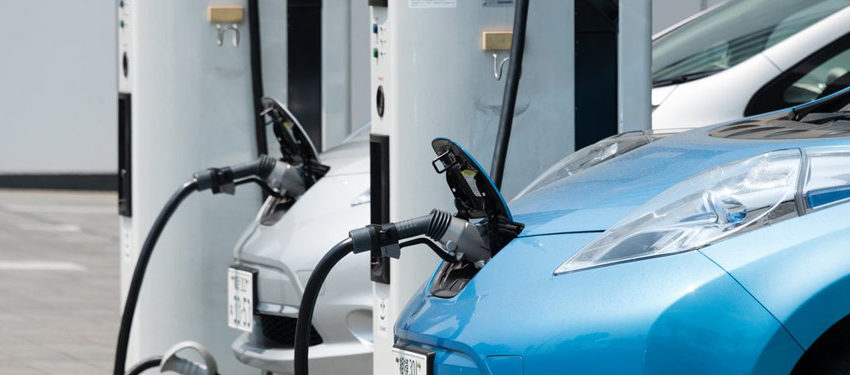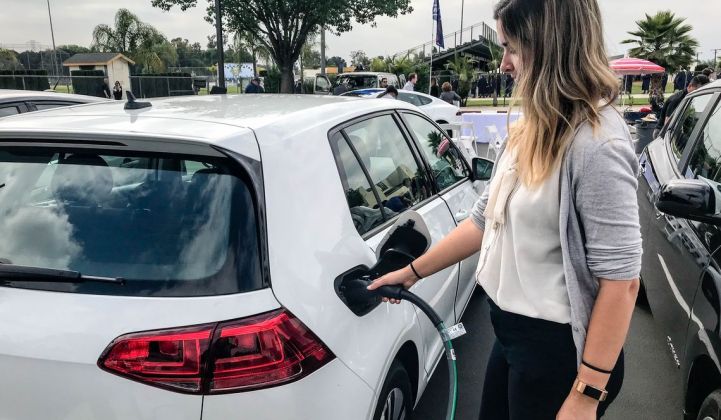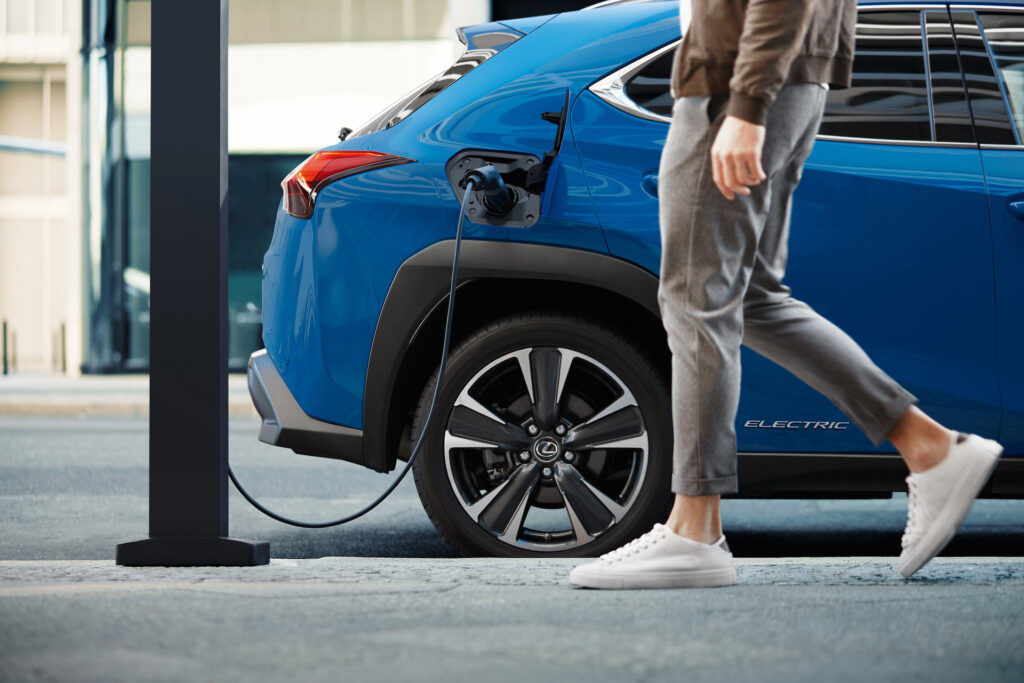In order to make it easier for owners of electric vehicles (EVs) to travel throughout the region, the European Union has put in place a fresh regulation to boost the number of fast-charging stations and alternative fuel stations.
Fast-charging stations with a combined power output of 400 kW for light-duty electric vehicles (cars and vans) must be installed every 60 km along the core network of the Trans-European Transport Network (TEN-T) by December 31, 2025, according to the fine print of the EU’s “Fit for 55” plan.

By December 31, 2027, charging stations should be capable of at least 600 kW. At least one charge point with a minimum individual power output of 150 kW must be available at these stations during the first stage, but at least two charge points with the same capability must be installed during the second stage.
The legislation still mandates a maximum distance of 60 km between fast-charging stations along the TEN-T comprehensive road network, which connects EU areas back to the core network. By December 31, 2027, they must, however, have a minimum combined output power of 300 kW and at least one charging outlet with a minimum 150 kW capacity. By December 31, 2030, all comprehensive roadways must have charging stations, with at least 50% of them being covered.
By December 31, 2035, all comprehensive roadways should have charging stations with a minimum combined output of 600 kW and at least two charging points with a minimum output of 150 kW.

For heavy-duty vehicles, member EU states must ensure that along at least 15% of the length of the TEN-T road network, there are fast-charging stations offering a total power output of 1,400 kW, with at least one charge point capable of providing at least 350 kW. The coverage improves to 50% by December 31, 2027, with total output bumped to 2,800 kW along the TEN-T core road network, while it is kept at 1,400 kW on comprehensive roads.
By December 31, 2030, along the TEN-T core road network, fast-charging stations for heavy-duty vehicles are deployed every 60 km and they must provide a total power output of 3,600 kW – the individual charge point requirement is kept at 350 kW. This is different from the TEN-T comprehensive road network, as the maximum distance between fast-charging stations is 100 km and the power output pool is at least 1,500 kW with the same individual charge point output of at least 350 kW.
The EU has set goals for the infrastructure needed to refill road vehicles with hydrogen, including the deployment of a minimum number of publicly accessible hydrogen refueling stations by December 31, 2030. These stations must be installed every 200 km throughout the TEN-T core network, with at least one in each urban node. They must be built with a daily capacity of one tonne and a 700-bar dispenser.

A computer animation professional with over 23 years of industry experience having served in leading organizations, TV channels & production facilities in Pakistan. An avid car enthusiast and petrolhead with an affection to deliver quality content to help shape opinions. Formerly written for PakWheels as well as major publications including Dawn. Founder of CarSpiritPK.com




